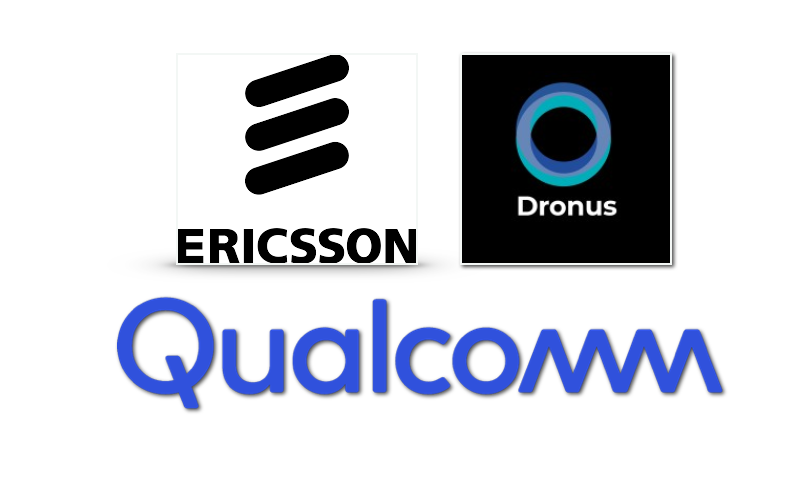
In a remarkable technological milestone, Ericsson has partnered with Qualcomm and Dronus to demonstrate a state-of-the-art 5G millimeter wave (mmWave) powered drone at Ericsson’s USA 5G Smart Factory. This collaboration marks a significant leap in industrial automation, showcasing the first use of a natively mmWave 5G device in an industrial setting.
The successful test leveraged Qualcomm’s QRB5165 processor, Telit Cinterion’s 5G mmWave technology, and Ericsson’s end-to-end private 5G network. This proof of concept underscores the transition from traditional wired or WiFi connections to direct, high-speed 5G connectivity, which enhances both mobility and performance in industrial applications.
Enhancing Industrial Automation with 5G mmWave
The shift from wired connections, which limit mobility, and WiFi connections, which can be unstable and slow, to native 5G mmWave technology is a game-changer. Native 5G mmWave eliminates the need for intermediary devices like external gateways or hotspots, providing a seamless, high-speed connection. This innovation is crucial for real-time applications and opens up new possibilities for industrial automation.
Carlos H. Torres, Head of Industry 4.0 at Ericsson’s USA 5G Smart Factory, highlighted the importance of this demonstration:
“This successful demo helps lay the foundation for future integration of 5G-powered drones in industrial settings, particularly for inventory management. At the same time, this proof of concept hosted by our USA 5G Smart Factory innovation team using drones for mmWave and private networks shows Ericsson’s commitment to advancing the non-mobile broadband ecosystem.”
In the Ericsson USA 5G Smart Factory, the 5G-connected drone, powered by the Qualcomm QRB5165 processor, showcased its capabilities through autonomous inventory checks in the factory’s warehouse. The drone’s indoor-optimized flight control system, combined with live video streaming cameras, allows it to navigate the complex indoor environment efficiently, performing tasks faster and more accurately than manual methods.
Automation Driving Industrial Efficiency
The demonstration highlights the growing trend of automation in factories and warehouses, driven by competitive pressures, the need for higher productivity, and cost reduction. With the rise of e-commerce, efficient warehousing solutions are in high demand. Businesses are investing in automation to streamline their supply chains and respond flexibly to market trends. Robust 5G networks are essential for high-bandwidth industrial applications, and this successful test underscores the potential of 5G mmWave in meeting these demands.
Strategic Implications for Ericsson
Ericsson’s focus on developing 5G use cases for advanced applications like unmanned aerial vehicles positions the company as a leader in the evolving industrial automation landscape. The successful demonstration of the 5G mmWave drone paves the way for future commercial use in inventory management, enhancing Ericsson’s commercial prospects.
Ericsson’s commitment to advancing 5G technology is evident in its extensive 5G network deployments. The company currently operates 162 live 5G networks across 69 countries, and it continues to innovate in 5G system development to maintain its market leadership.

